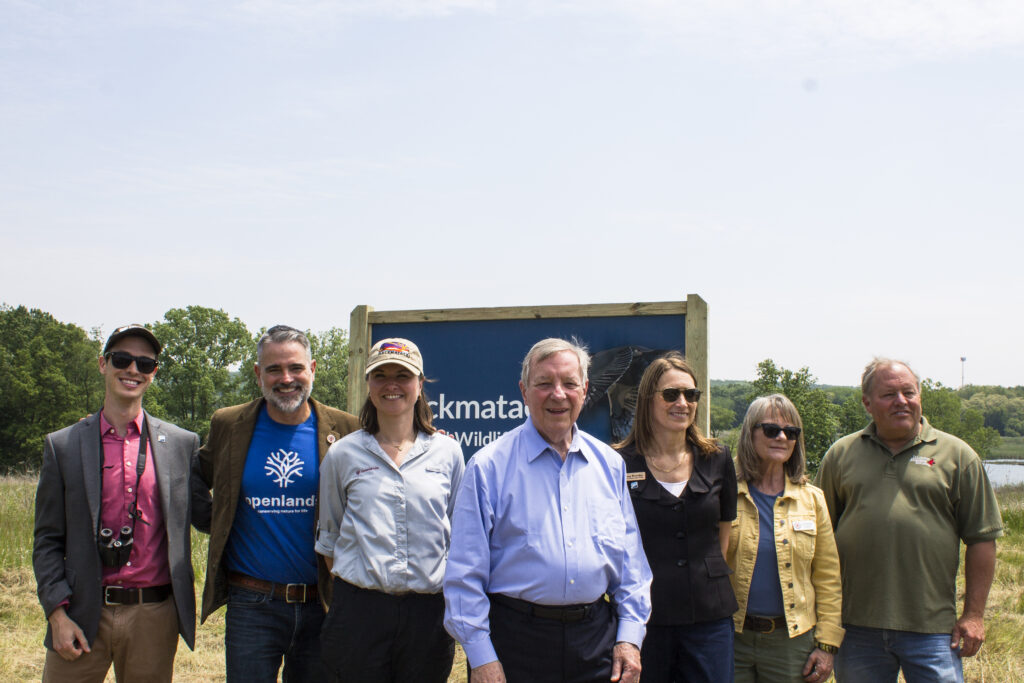A Region of Global Importance
The greater Chicago metropolitan area is home to a remarkable mix of ecosystems: prairies, wetlands, woodlands, savannas, dunes, and more. These landscapes include some of the rarest in the world and support an incredible diversity of plants and wildlife. Many species are listed as threatened or endangered at the state or federal level.
These natural areas are more than local treasures. They are vital on a national and global scale — providing habitats for species found nowhere else, serving as key stopovers for migratory birds, and forming the headwaters of major rivers. Protecting these landscapes preserves biodiversity and helps our region stay resilient.
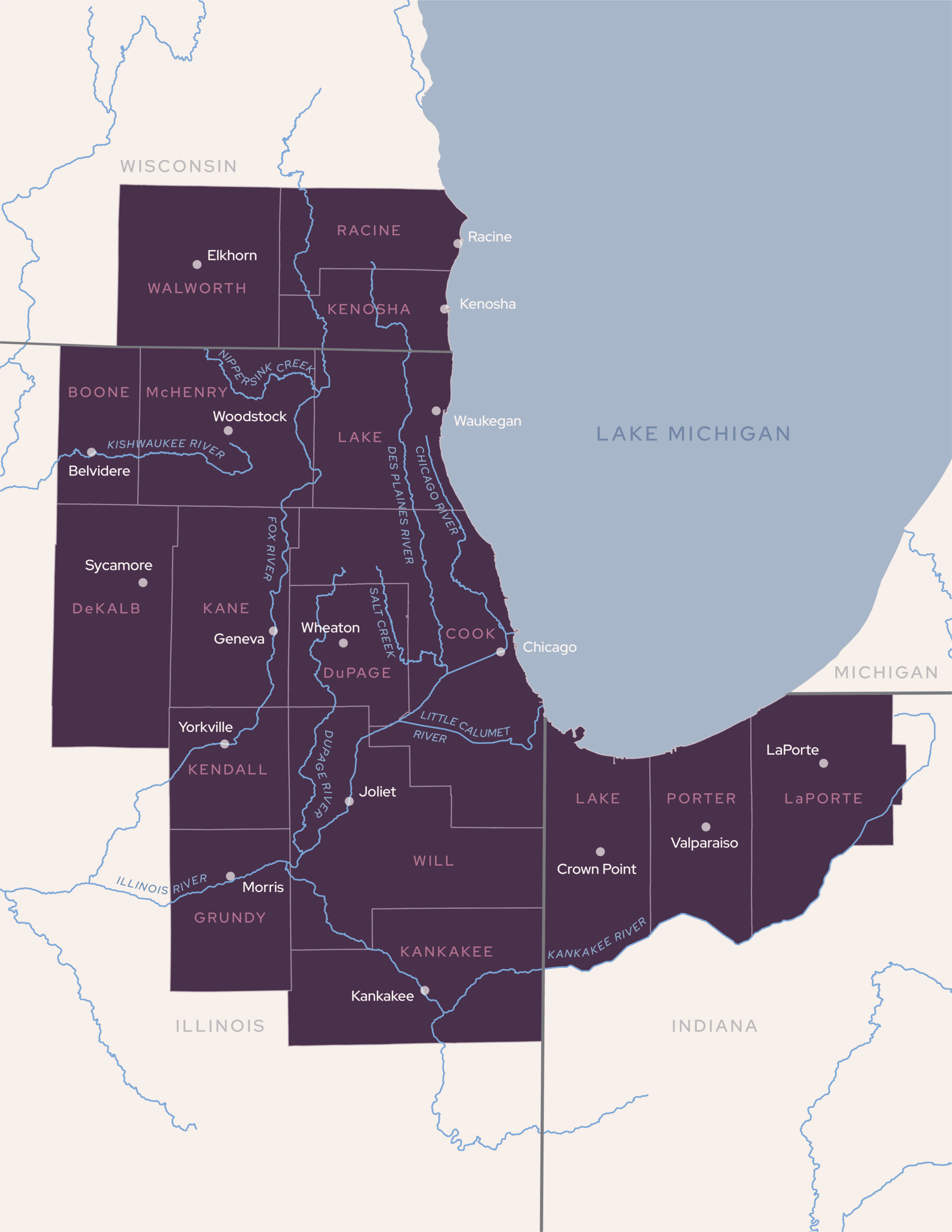
people
acres of land
Lake Michigan shoreline
river systems
A Hub for Conservation
This region is one of the most active conservation hubs in the country, home to one of the nation’s first and largest networks of forest preserves and supported by local and global institutions that study and prioritize conservation. Thousands of volunteers and scores of partner organizations work year-round to restore and protect these lands, and Openlands contributes by bringing expertise, resources, and advocacy to strengthen and expand these efforts.

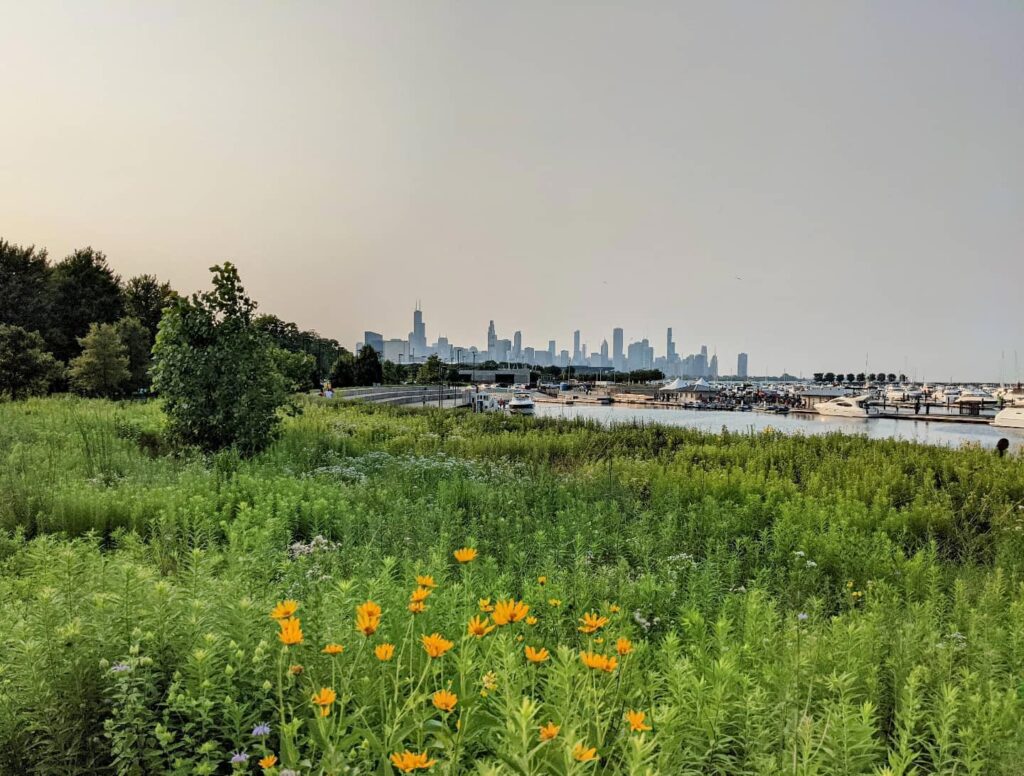
Openlands focuses our work where it can have the greatest impact. We consider three key factors when defining our service area:
- Ecosystems and species most in need of protection
- Areas where conservation is already underway and can be scaled up
- Places where millions of residents can easily access nature
Our Get Outside and Paddle Northeastern Illinois maps help people find parks, preserves, rivers, beaches, and trails close to home. Nature should be accessible to everyday life, not something people must travel far to experience.
Linking Land & Policy
Nature does not recognize political or jurisdictional boundaries, yet our decision-making systems do. Openlands works closely with multiple levels of government to shape conservation policies, which is why we define our service area using county boundaries. At the same time, these boundaries are guided by the natural features that matter most—watersheds, headwaters, and biomes.
Central to our work is our connection to Lake Michigan, a source of drinking water for millions and a critical driver of both our regional economy and ecological health. Protecting the lake and the lands that feed it is essential to sustaining the communities and environments that depend on them.
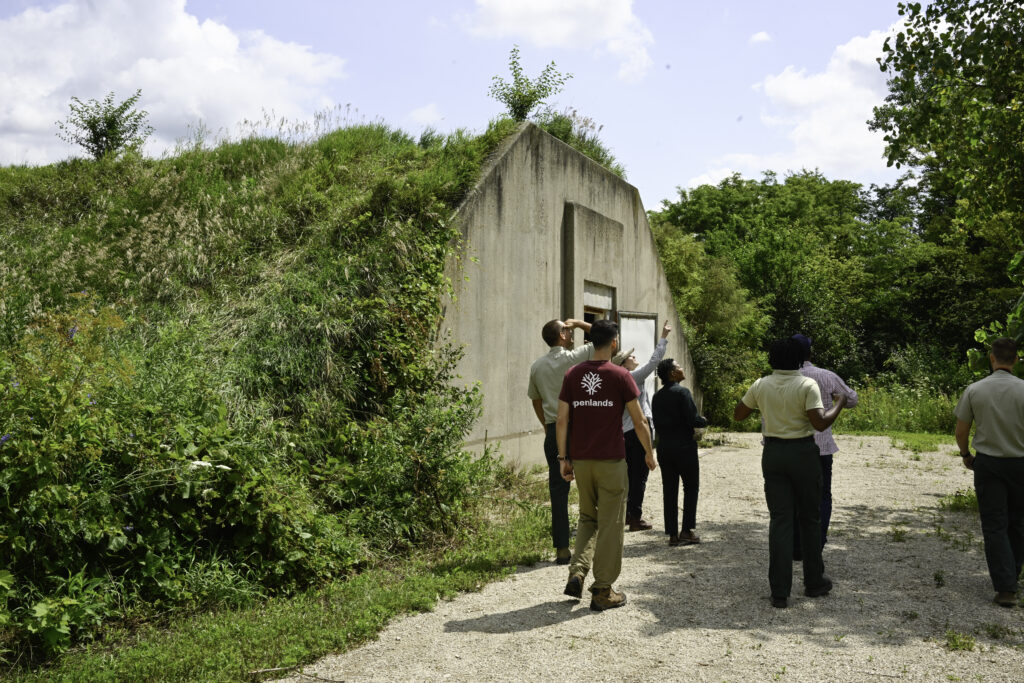
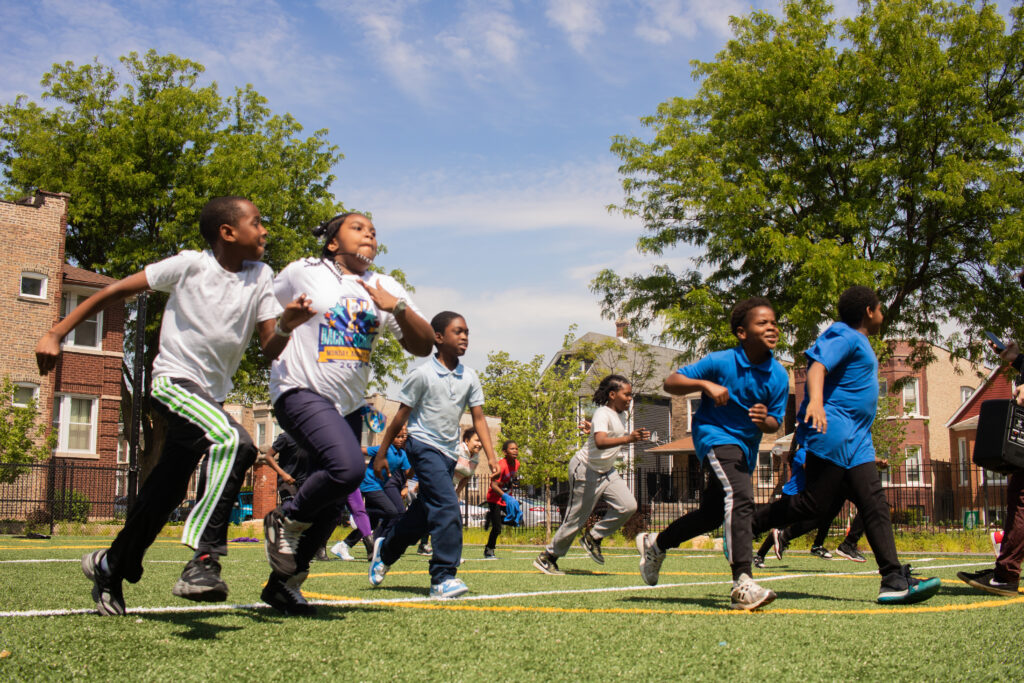
As people move here seeking safety from climate disruption and political instability, our region is poised to grow. This growth brings both opportunity and responsibility.
We must ensure that our landscapes can support both thriving communities and thriving ecosystems. Healthy land is essential for clean air and water, public health, and a high quality of life.
Collaborations across Scale
No single organization can protect this region alone. Openlands combines policy leadership, hands-on programs that connect people to nature, and accredited land trust work that acquires, restores, and safeguards land for future generations. We collaborate closely with partners at every level to maximize our impact:
- Neighborhoods, through community champions
- Regionally, through the Chicago Wilderness Alliance
- Statewide, through the Prairie State Conservation Coalition
- Nationally, as a member of the Land Trust Alliance
Working together allows us to achieve the scale of change our region needs. We invite communities, agencies, and individuals to join us in protecting and connecting the land that sustains us all.
